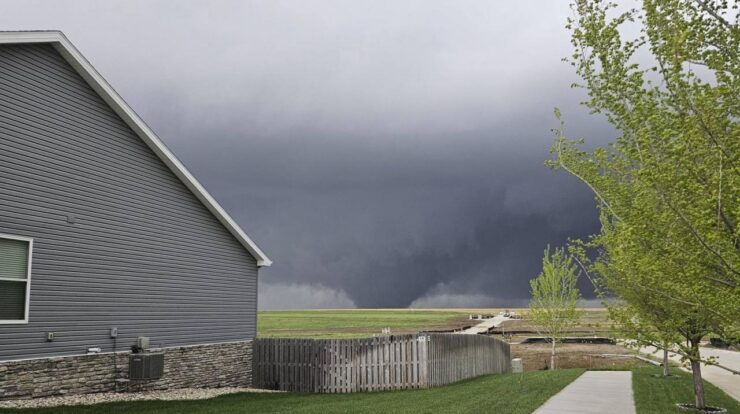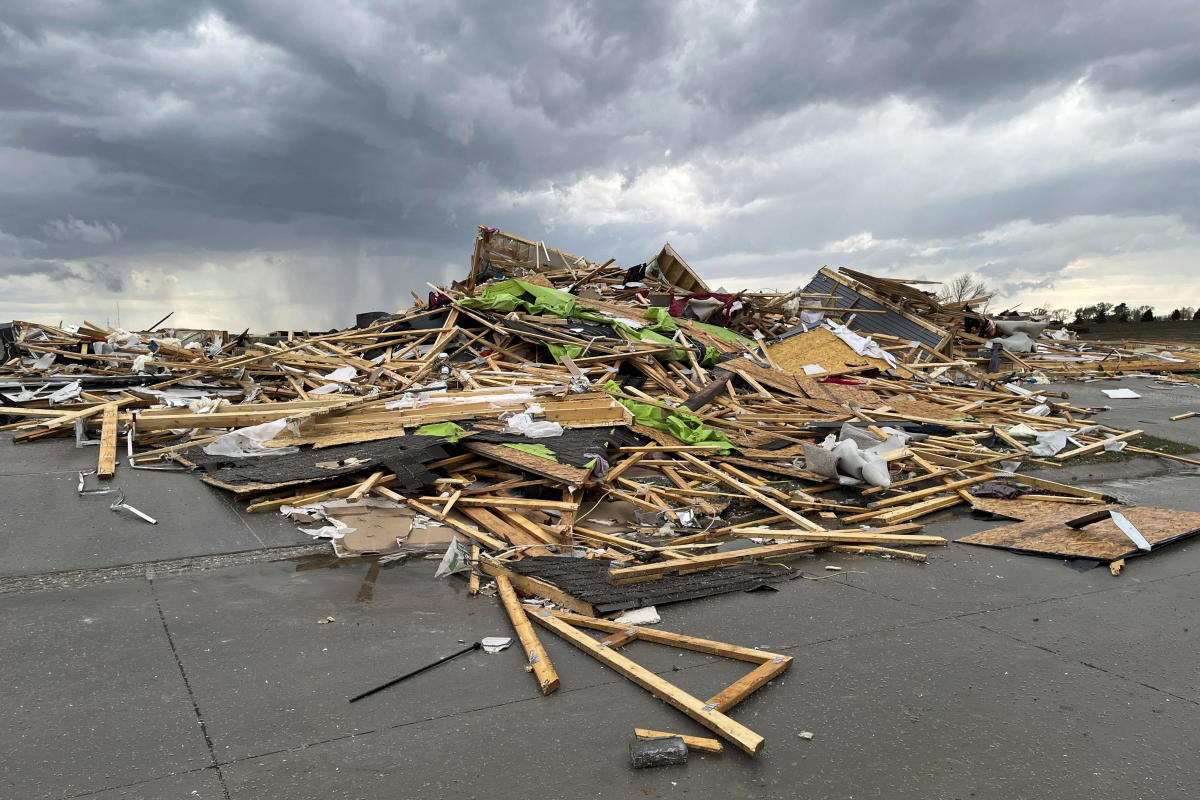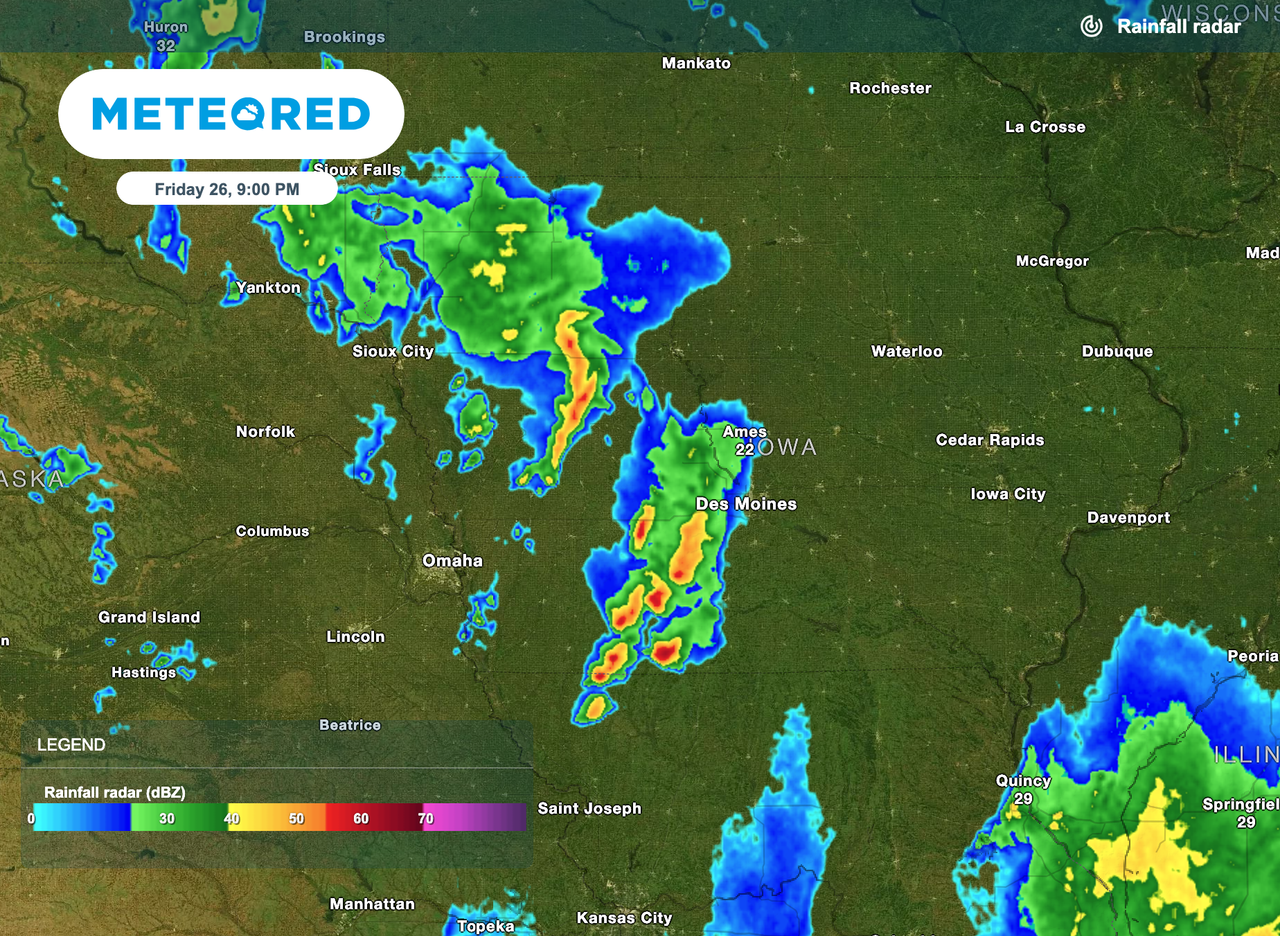
Tornado damage in nebraska – Nebraska has a long and devastating history with tornadoes, with the state experiencing some of the most powerful and destructive tornadoes in the nation. These tornadoes have left a lasting impact on Nebraska communities, causing widespread damage and loss of life.
This article will delve into the historical overview of tornado damage in Nebraska, the various types of damage caused by tornadoes, and the impact on Nebraska communities. It will also discuss mitigation and preparedness strategies, case studies of significant tornado events, and best practices for damage assessment and recovery.
The frequency and severity of tornadoes in Nebraska vary depending on the region and time of year. However, the state is particularly vulnerable to tornadoes during the spring and summer months when warm, moist air from the Gulf of Mexico meets cold, dry air from the north.
Historical Overview of Tornado Damage in Nebraska

Nebraska has a long and well-documented history of tornado activity. The state is located in the central United States, within the “Tornado Alley” region, which experiences some of the most frequent and severe tornadoes in the world.
Some of the most notable tornado events in Nebraska’s history include the 1953 Waco tornado, which killed 10 people and injured over 100; the 1975 Grand Island tornado, which killed 3 people and injured over 200; and the 2019 Pilger tornado, which killed 1 person and injured over 20.
Tornadoes are a common occurrence in Nebraska, with an average of 50 tornadoes reported each year. The state’s tornado season typically runs from April to June, although tornadoes can occur at any time of year.
Types of Tornado Damage
Tornadoes can cause a wide range of damage, including:
- Structural damage:This includes damage to buildings, homes, and other structures. Tornadoes can cause structural damage by lifting buildings off their foundations, collapsing walls, and shattering windows.
- Infrastructure damage:This includes damage to roads, bridges, power lines, and other infrastructure. Tornadoes can cause infrastructure damage by knocking down trees, blowing over power lines, and damaging roads and bridges.
- Environmental damage:This includes damage to trees, crops, and other natural resources. Tornadoes can cause environmental damage by uprooting trees, destroying crops, and eroding soil.
The severity of tornado damage depends on a number of factors, including the strength of the tornado, the location of the tornado, and the duration of the tornado.
Impact of Tornado Damage on Nebraska Communities, Tornado damage in nebraska
Tornadoes can have a devastating impact on Nebraska communities. The damage caused by tornadoes can lead to loss of life, injuries, and property damage. Tornadoes can also disrupt essential services, such as power, water, and transportation.
The economic impact of tornadoes can be significant. The cost of repairing and rebuilding after a tornado can be in the millions of dollars. Tornadoes can also lead to job losses and business closures.
The social impact of tornadoes can be just as devastating as the economic impact. Tornadoes can destroy homes and communities, and they can lead to displacement and homelessness. Tornadoes can also cause psychological trauma, which can last long after the storm has passed.
Mitigation and Preparedness Strategies
There are a number of strategies that can be used to mitigate tornado damage and enhance preparedness in Nebraska. These strategies include:
- Building codes:Building codes can be used to ensure that buildings are constructed to withstand tornadoes. Building codes can require the use of stronger materials, such as reinforced concrete, and they can also require the installation of tornado shelters.
- Land-use planning:Land-use planning can be used to reduce the risk of tornado damage. Land-use planning can restrict development in areas that are at high risk for tornadoes, and it can also require the use of tornado-resistant construction methods in areas that are at risk.
- Early warning systems:Early warning systems can provide people with time to take shelter before a tornado strikes. Early warning systems can use a variety of technologies, such as radar and spotter networks, to detect tornadoes and issue warnings.
- Public education programs:Public education programs can help people to understand the risks of tornadoes and how to prepare for them. Public education programs can teach people about tornado safety, and they can also provide information about tornado shelters and early warning systems.
These strategies can help to reduce the risk of tornado damage and enhance preparedness in Nebraska. By implementing these strategies, we can help to protect our communities from the devastating effects of tornadoes.
Conclusive Thoughts: Tornado Damage In Nebraska

Tornadoes can cause catastrophic damage, but there are steps that can be taken to mitigate the risk and prepare for these events. By understanding the risks, implementing mitigation strategies, and being prepared, Nebraska communities can reduce the impact of tornadoes and save lives.
FAQ Guide
What are the most common types of tornado damage?
The most common types of tornado damage include structural damage to buildings, infrastructure damage to roads and bridges, and environmental damage to trees and vegetation.
What are the most vulnerable areas to tornadoes in Nebraska?
The most vulnerable areas to tornadoes in Nebraska are the eastern and central parts of the state, which are located in Tornado Alley.
What are the best ways to prepare for a tornado?
The best ways to prepare for a tornado include having a plan in place, building an emergency kit, and staying informed about weather forecasts.






